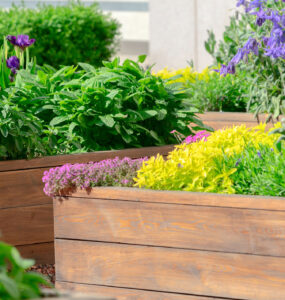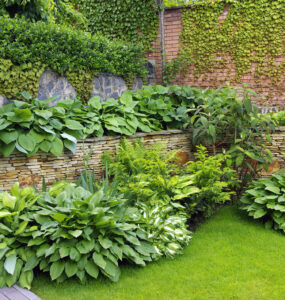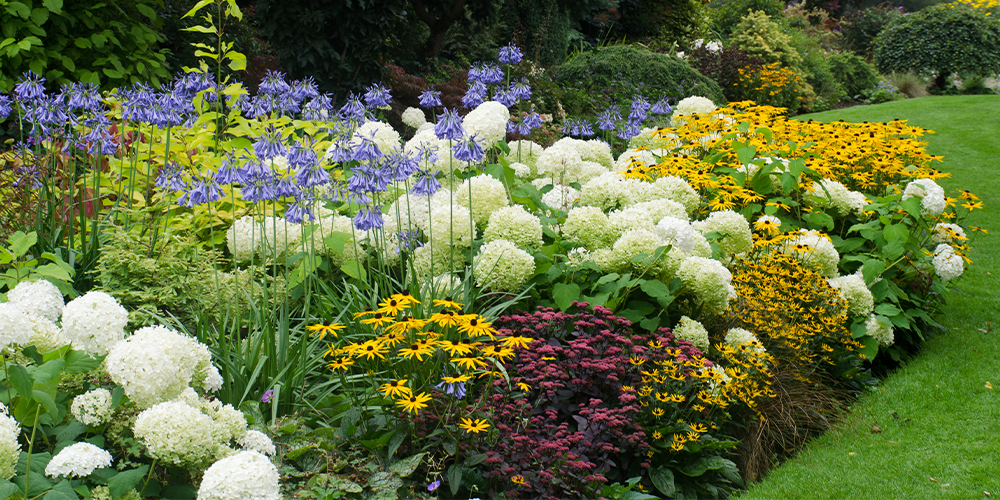
When shopping for plants, it’s important to understand the ins and outs of climate zones for gardening in Edmonton. There should be a number from between about 2 and 4 on its tag. Take this number seriously; it will tell you how your plant will perform when the mercury plunges.
In the midst of an Edmonton winter, it’s crazy to think how we ever managed to survive in this frozen climate long enough without the wonders of central heating. It’s easy for us to forget that, while modern technology keeps us cozy, there are plants from all different areas and climates of the world living as ex-pats in our yard and shivering away.
What Are Gardening Zones, And Why Do They Change Across Different Climates?
How do we know if the plants we’re buying will survive our winters? The US Department of Agriculture (USDA) devised a numerical system to plot every regional climate in North America. These numbers are based on the coldest winter temperatures in each climate region. Zone 0 is the coldest (surprise, surprise!), with minimum temperatures of -50 degrees C. In Alberta, you can find zone 0 just north of Fort McMurray and in alpine climate regions.
Zone 9, which only freezes in freak occurrences, is the mildest and is only found in Southern Florida. Astonishingly, Canada does have a couple of spots with warmer climates around Zone 8 on Vancouver Island and the lower mainland.
USDA Zones 10 through 12 are nowhere to be found in Canada””level 12 plants are so sensitive that temperatures below 12 °C would damage them. You’ll have to trek into scorching hot climates near the equator to find those kinds of conditions!

What USDA Climate Zone Are We?
If you look at a hardiness map of Alberta, you’ll see that the top third is Zone 0 and the rest is between 1-4 (with a smattering of Zone 5 in the far south). You’ll notice a vertical bulge of Zone 3, surrounded by Zone 2, essentially following the QE 2 North to Edmonton. This makes sense when you remember that built-up areas, like Red Deer and Edmonton, create their own pockets of warmer conditions, like an invisible dome with its own climate.
In 1967, Edmonton was a solid USDA Zone 3. The latest map update was in 2012, and most areas, including ourselves, were about a half zone warmer. We are now officially a Zone 3b, though most people have no problem gardening with Zone 4 plants in this climate as long as they have a little extra love.
I’ve seen a few Zone 5 plants in Edmonton, but they are usually in the heart of the city or in the perfect area (a sheltered yard up against a poorly insulated house or basement), or both.
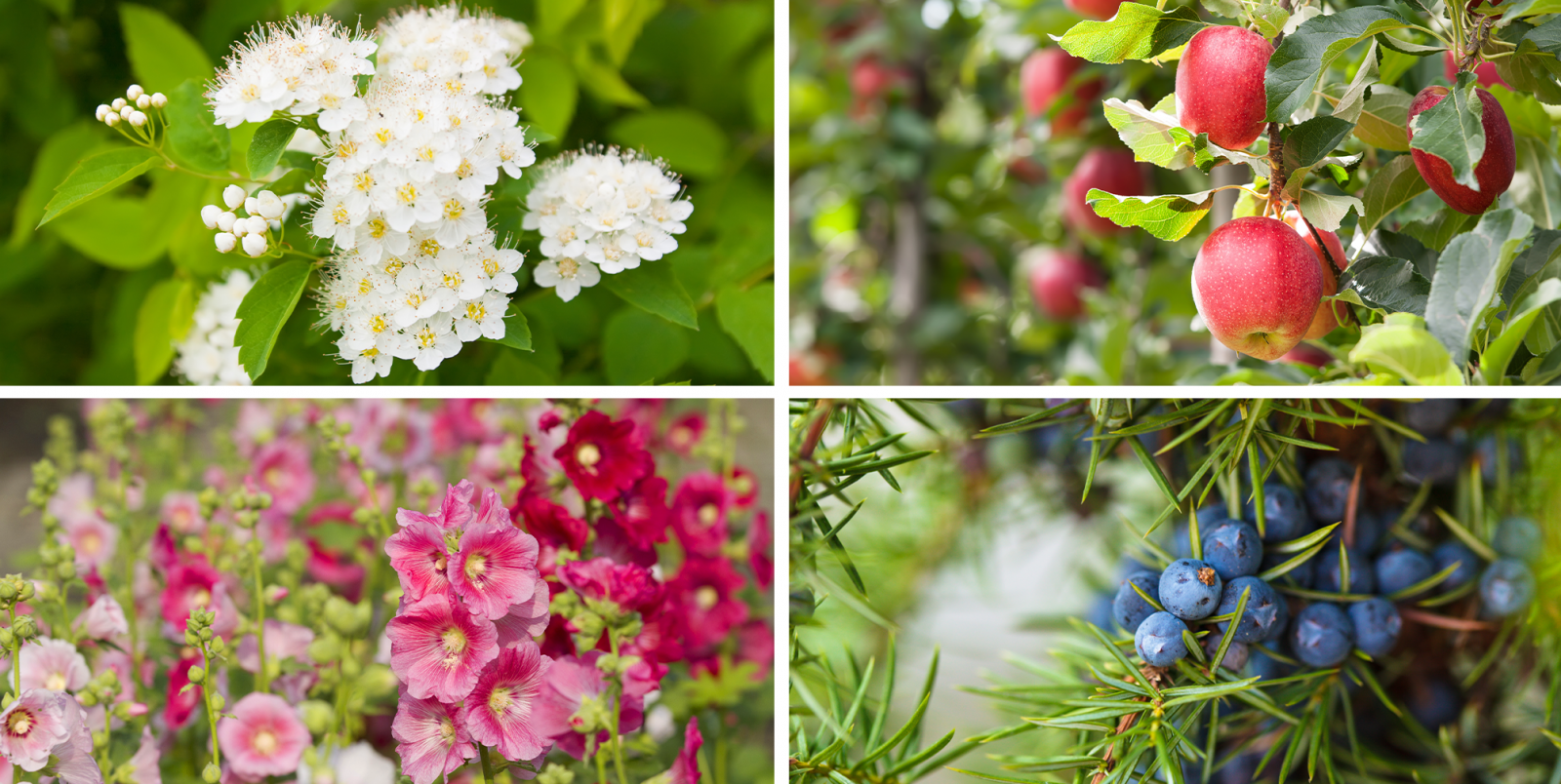
Can I Plant Outside My Zone?
Zone 3 and below is for people who are all about that low-maintenance gardening life. They just wanna plant the plants, enjoy them, and water them occasionally without any worry until the snow starts flying. Hardy plants built for this climate pretty much consist of the bread and butter apple trees, junipers, spireas, and hollyhocks. They will be gorgeous but not exotic; you have to work harder for exotic.
If you want to venture into USDA Zone 4 territory, you’ve gotta ask yourself one question: “Am I willing to do a little extra winterizing for this plant?” If you want to buy a USDA Zone 5 plant, the question becomes a much more fatalistic: “Do I feel lucky?”
A Zone 4 perennial or shrub will need extra watering in fall, plus some mulch before winter strikes again. These are the minimums, but the more you fuss over those tender plants, the more they’ll reward you with vigour, flowers, and fruit. It’s certainly not impossible for them to grow successfully in our climate; you just gotta put a little extra work in.
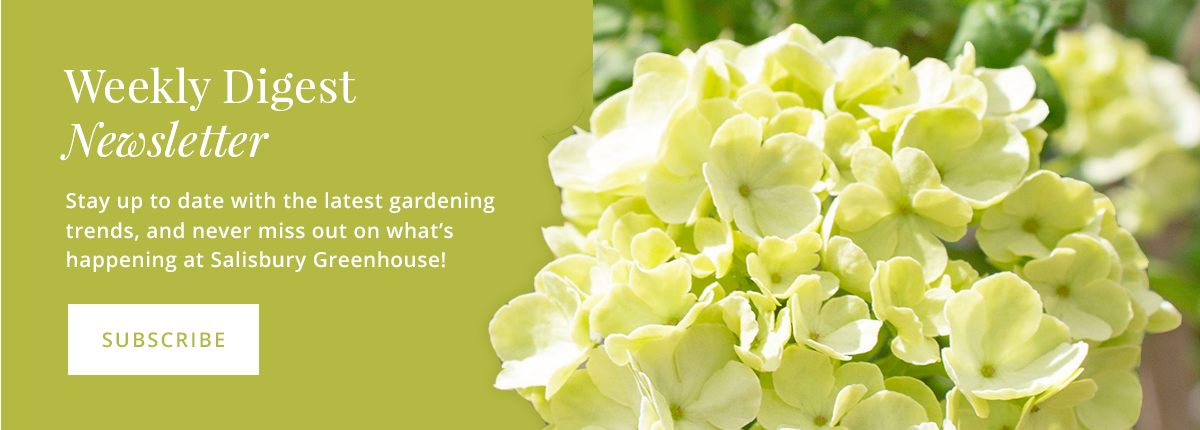
While our frosty winter climate might lose a bit of its appeal when compared to the sunny tropical regions of those lucky ducks in South Florida, there are still loads of gorgeous plants that can thrive here. If you want a little extra guidance on how to care for plants above USDA level 4, feel free to swing by Salisbury and one of our experts will be happy to impart a little gardening wisdom.


